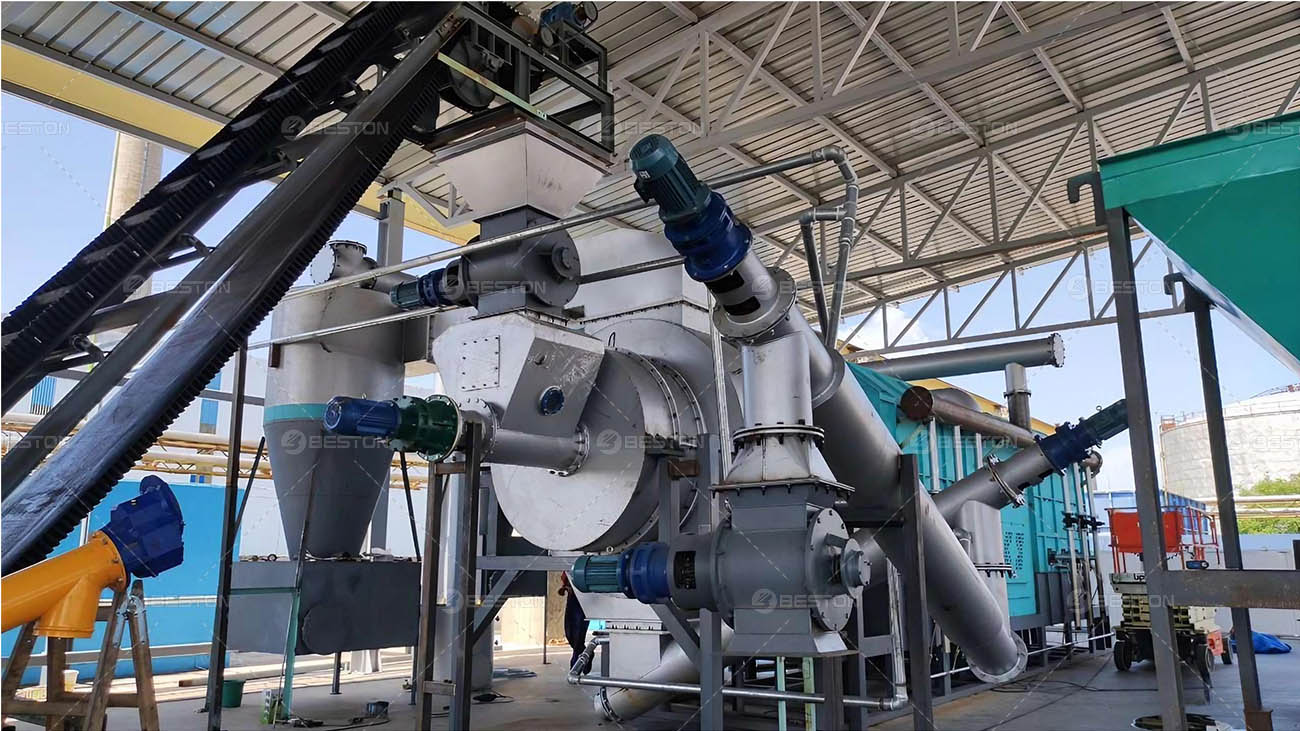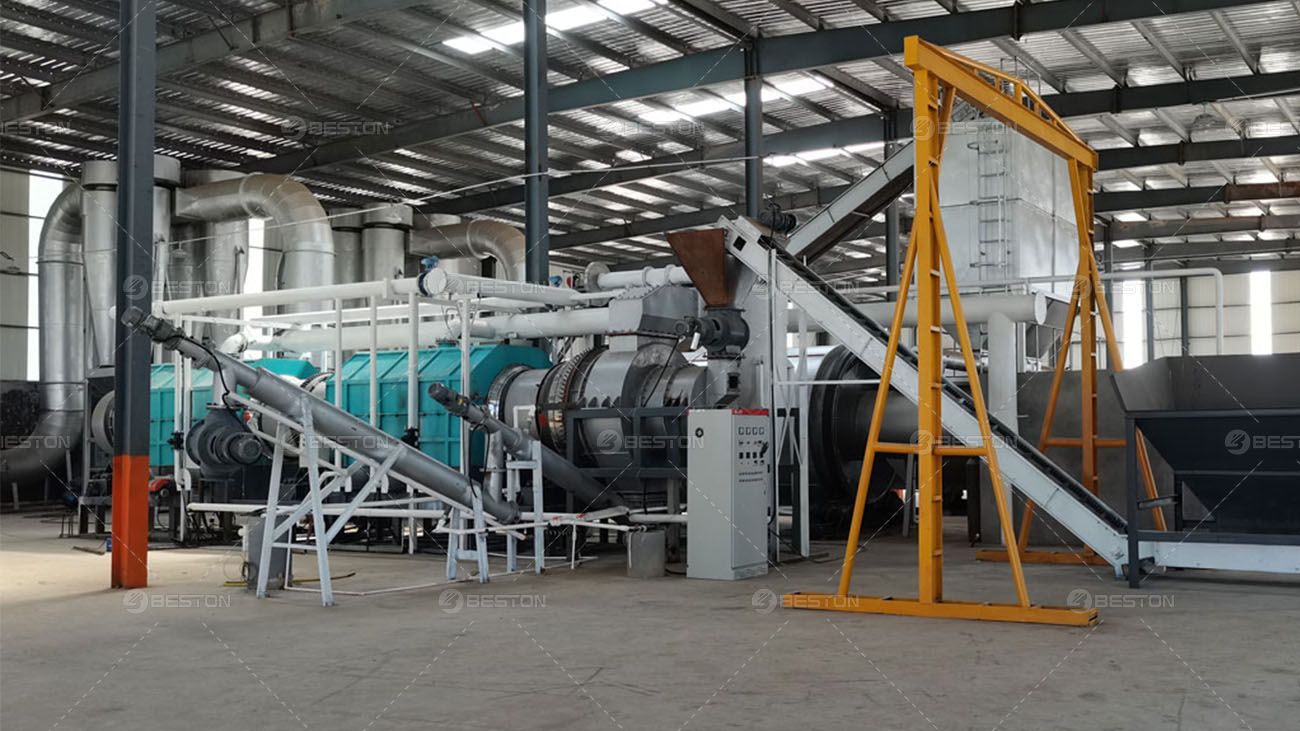Efficiency in coconut shell charcoal production hinges on achieving an optimal carbon content. The intricate process involves a delicate interplay of factors to enhance the calorific value and purity of the final product. In this exploration, we dissect the nuances of how to elevate carbon content, delving into the technical intricacies that define successful coconut shell charcoal manufacturing.

Understanding the Foundation: Coconut Shell Charcoal Machine
At the heart of this endeavor lies the indispensable tool—the coconut shell charcoal machine. This sophisticated apparatus orchestrates the transformation of coconut shells into high-quality charcoal through a process known as pyrolysis. To truly grasp the art of increasing carbon content, one must first comprehend the inner workings of this machine.
Pyrolysis Reactor Dynamics
The coconut shell charcoal machine houses a pyrolysis reactor designed with precision. This reactor, subjected to controlled high temperatures, induces the thermal decomposition of coconut shells. The result is a complex dance of chemical reactions that culminate in the formation of charcoal.
Gas Recovery Mechanism
Efficient gas recovery is paramount in enhancing carbon content. The coconut shell charcoal maker machine integrates advanced gas recovery systems to capture and harness valuable byproducts like syngas. This not only optimizes resource utilization but also plays a pivotal role in the carbonization process.
Elevating Carbon Content: Technical Strategies
1. Coconut Shell Pretreatment:
The journey to higher carbon content commences with coconut shell pretreatment. Mechanical processes, such as crushing and sizing, optimize the raw material for the subsequent pyrolysis stage. This meticulous preparation ensures a homogeneous feedstock, a fundamental prerequisite for elevated carbon yields.
2. Temperature Profiling:
Pyrolysis, the heart of charcoal production, demands precise temperature control. Fine-tuning the coconut shell charcoal machine to achieve optimal temperature profiles is instrumental. Higher temperatures foster greater carbonization, but a delicate balance must be maintained to prevent thermal degradation.
3. Retention Time Optimization:
The duration of exposure to high temperatures, known as retention time, profoundly influences carbon content. Striking the right balance between maximizing exposure and preventing over-carbonization is a technical challenge. This delicate equilibrium is the hallmark of successful carbon enhancement.
4. Catalytic Influence:
Incorporating catalysts into the pyrolysis process can act as a catalyst for elevated carbon content. Certain compounds, when introduced judiciously, facilitate the conversion of volatile components into fixed carbon. This strategic addition demands precision and a nuanced understanding of catalytic dynamics.
The Crucial Role of Cooling and Collection
While the pyrolysis stage is pivotal, the subsequent cooling and collection phases are equally critical in the pursuit of heightened carbon content.
Efficient Cooling Systems
The coconut shell charcoal production machine integrates advanced cooling systems to swiftly arrest the pyrolytic reactions once the desired carbonization level is attained. This rapid cooling minimizes the chances of thermal degradation, preserving the integrity of the carbon structure.
Dust and Impurity Removal
A meticulous post-production process involves the removal of dust and impurities. These unwanted elements, if left unchecked, can compromise the quality of the final charcoal. Advanced filtration systems integrated into the coconut shell charcoal machine ensure a purer end product with elevated carbon content.
Quality Assurance Measures
Ensuring consistent and superior quality demands a vigilant approach in every facet of the production cycle.
Real-time Monitoring
The deployment of sensors and monitoring systems provides real-time insights into the pyrolysis process. This data-driven approach enables operators to make instantaneous adjustments, optimizing conditions for maximum carbon content.
Quality Testing Protocols
Rigorous quality testing protocols, including calorific value assessments and ash content analysis, serve as litmus tests for the efficacy of carbon enhancement strategies. These assessments guide refinements in the production process for continual improvement.
Future Trajectories and Industry Implications
As technology advances, the future of coconut shell charcoal production holds promise for innovative methodologies. Integration of artificial intelligence for predictive analytics, sustainable sourcing practices, and further refinement of pyrolysis reactor designs are on the horizon. For more information: https://bestonasia.com/

In Conclusion
The quest to increase carbon content in coconut shell charcoal production is a meticulous journey marked by technological precision and a profound understanding of chemical dynamics. The synergy between the operator’s expertise and the capabilities of the coconut shell charcoal machine defines the success of this endeavor. In an era where sustainable practices and superior quality are non-negotiable, the pursuit of elevated carbon content stands as a testament to the relentless pursuit of excellence in the realm of charcoal manufacturing.